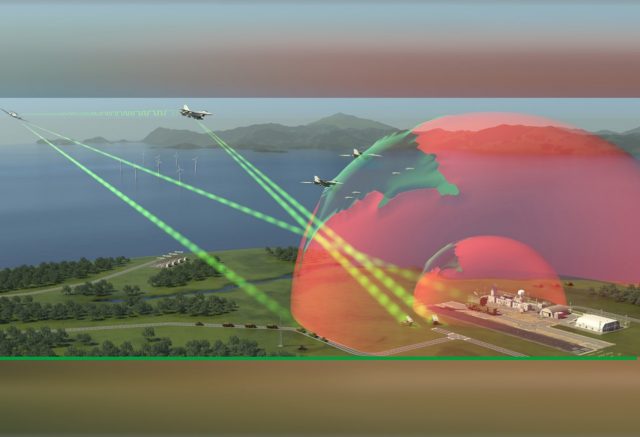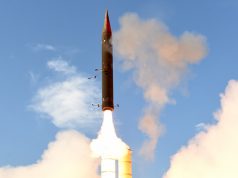Germany-based technology company Hensoldt announced it has completed development of a new modular airborne electronic combat system.
Named Kalætron Attack, the system neutralizes enemy fire control radars at different distances, preserving freedom of movement for the air forces that deploy it and their allies.
The system is the latest member of the Kalætron electronic warfare product family, which uses digitalized hardware and artificial intelligence (AI) to detect radar-based threats to air forces in record time and neutralize them with targeted electronic countermeasures (ECM).
As explained, the digital design allows Kalætron Attack to detect and identify air defense positions very quickly over a wide frequency range. The unit uses AI techniques to recognize new threat patterns from a pool of collected pulses. This is especially important for identifying the latest air defense radar systems which cover an extremely wide frequency range or hop between particular frequencies in fractions of a second.
“Our Kalætron Integral uses the latest sensor technology to detect radar-based threats early on,” explained Celia Pelaz, head of Hensoldt’s spectrum dominance & airborne solutions division. “Kalætron Attack now adds an active electronic jamming component, which either dazzles or deceives threatening systems using accurately replicated jamming signals. In this way, Kalætron Attack expands the operational options of fighter aircraft, which can now also operate in anti-access/area denial (A2/AD) zones.”
Hensoldt says the system can be adjusted to changing threats using antenna designs with active electronically scanned array (AESA) technology, digital signal processing and AI algorithms.
Hensoldt noted that the Kalætron family of systems was envisioned as a national answer to the German Air Forces’s luWES program (luWES = luftgestützte Wirkung im elektromagnetischen Spektrum) and as a contribution to future European defense cooperation programs such as FCAS.



























